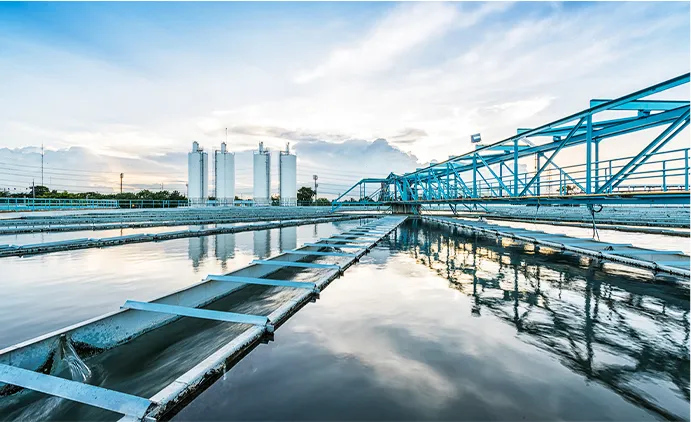-
 Phone:
Phone: -
 Email:
Email:

chain link fence repair
Chain Link Fence Repair A Comprehensive Guide
Chain link fences are a popular choice for both residential and commercial properties due to their durability, affordability, and effectiveness in marking boundaries. However, like any outdoor structure, they can suffer from wear and tear over time, resulting in the need for repairs. This article will provide you with a comprehensive overview of how to repair a chain link fence effectively and efficiently, ensuring that your property retains its secure and aesthetically pleasing appearance.
Understanding Common Issues
Before diving into the repair process, it’s essential to understand the common problems associated with chain link fences. Some of the most frequent issues include
1. Rust and Corrosion Over time, moisture can lead to rust on metal components, weakening the fence. 2. Loose or Broken Posts Strong winds, impacts, or soil erosion can cause fence posts to become loose or break entirely. 3. Damaged Chain Link Fabric The fabric of the chain link fence can develop tears or be pulled away from the posts. 4. Ground Settling Shifting ground can result in uneven fence height and stability.
Tools and Materials Needed
Before beginning the repair process, ensure you gather the following tools and materials
- Pliers - Wire cutters - Replacement chain link fabric - New fence posts (if necessary) - Concrete (for securing posts) - Galvanized wire (for tying damaged areas) - A level - A shovel - Safety goggles and gloves
Step-by-Step Repair Process
1. Assess the Damage Inspect the entire fence to clearly identify what needs to be repaired. Check for rust on posts, damage to the chain link fabric, and the stability of the structure.
chain link fence repair

2. Address Rust and Corrosion For minor rust spots, use sandpaper or a wire brush to remove rust from the affected areas. After cleaning, apply a rust-inhibiting primer and paint to protect the metal. In cases of severe corrosion, consider replacing the affected posts.
3. Fix or Replace Posts If a post is loose, check for any concrete footing. If the footing is intact but the post is damaged, you may be able to re-secure it by adding concrete around the base. For broken posts, the damaged post should be removed and replaced with a new one. Use a shovel to dig out the old post, set the new one in place, and fill around it with concrete, ensuring it is vertical with a level.
4. Repair Chain Link Fabric If there are small tears in the fabric, use wire cutters to remove the damaged section and attach a piece of the new chain link fabric. Secure it with galvanized wire, making sure the new piece aligns with the existing fence. For larger damage, you may need to cut out and replace a more extensive section of the fabric.
5. Secure Loose Tension Wires Check the tension wires that run along the top and bottom of the chain link fabric. If they are loose, tighten them using pliers to ensure the fabric is taut and secure.
6. Final Clean-Up Once repairs are complete, clear away any debris and leftover materials. A clean fence not only looks better but can prevent future issues.
Prevention Tips
To extend the life of your chain link fence, regular maintenance is key. Here are a few tips
- Inspect your fence semi-annually for rust, corrosion, and damage. - Clean the fence with a hose to remove dirt and grime. - Apply rust-inhibiting paint every few years.
In conclusion, repairing a chain link fence may seem daunting, but with the right tools, materials, and steps, you can restore its integrity and appearance. Regular maintenance will ensure that your fence remains a reliable and protective boundary for years to come.
-
Wire Mesh for Every Need: A Practical SolutionNewsJul.25,2025
-
Steel Fences: Durable, Secure, and Stylish OptionsNewsJul.25,2025
-
Roll Top Fencing: A Smart Solution for Safety and SecurityNewsJul.25,2025
-
Cattle Farm Fencing Solutions for Maximum SecurityNewsJul.25,2025
-
Affordable Iron Binding Wire SolutionsNewsJul.25,2025
-
Affordable Galvanized Wire SolutionsNewsJul.25,2025
-
Wire Hanger Recycling IdeasNewsJul.25,2025








